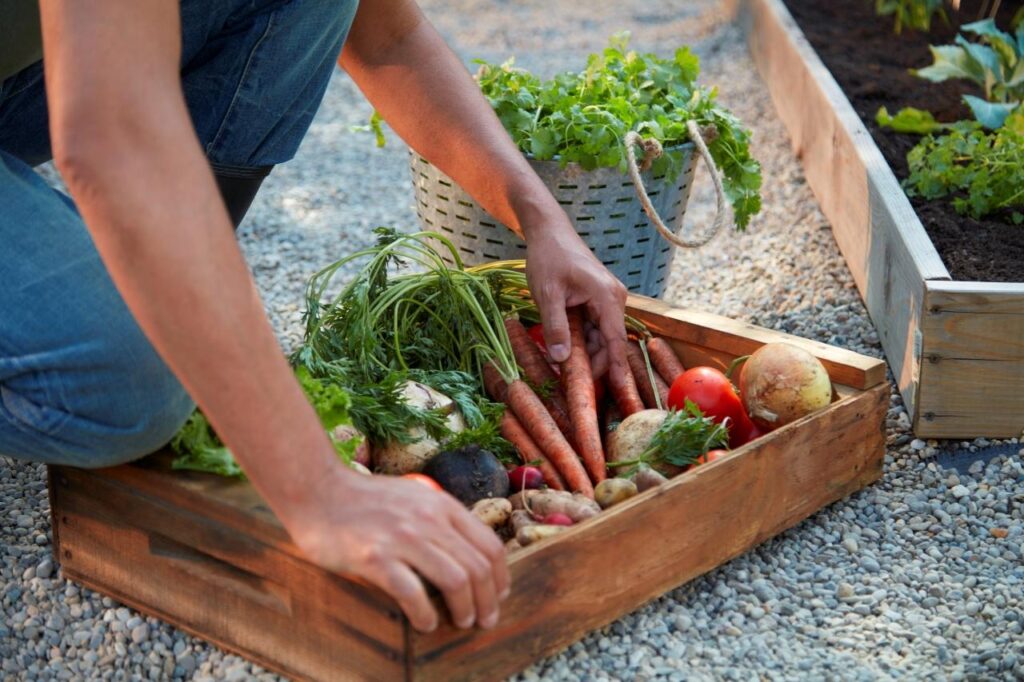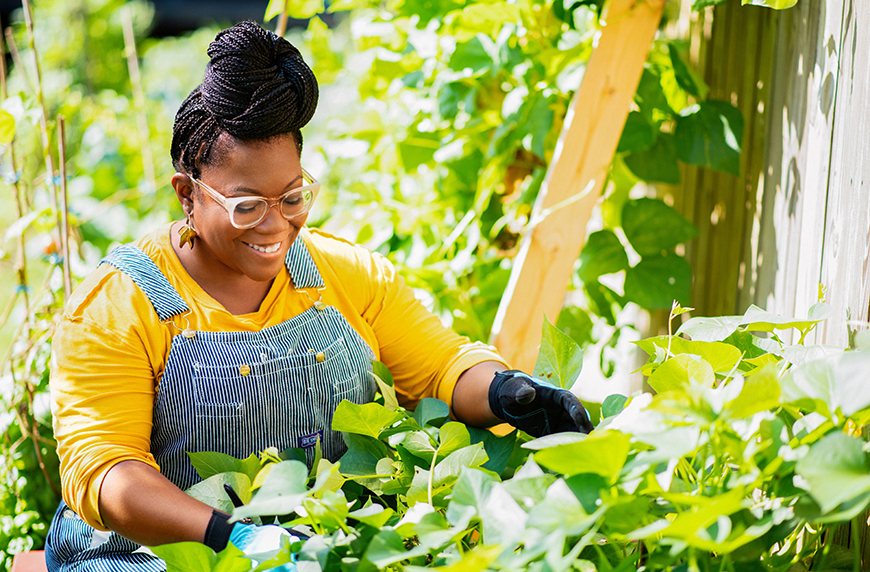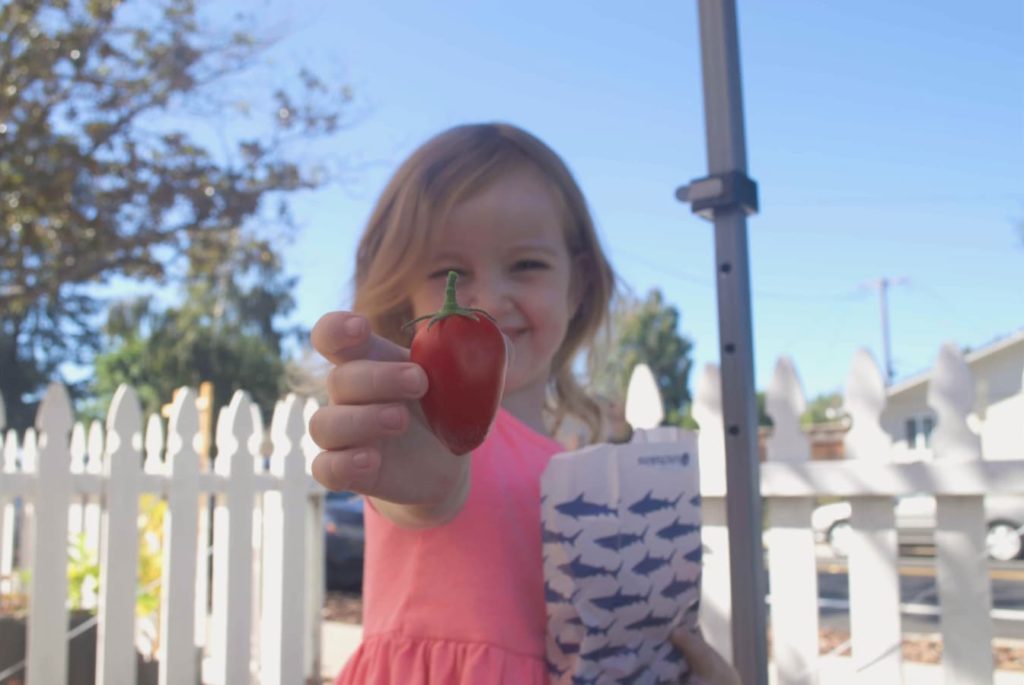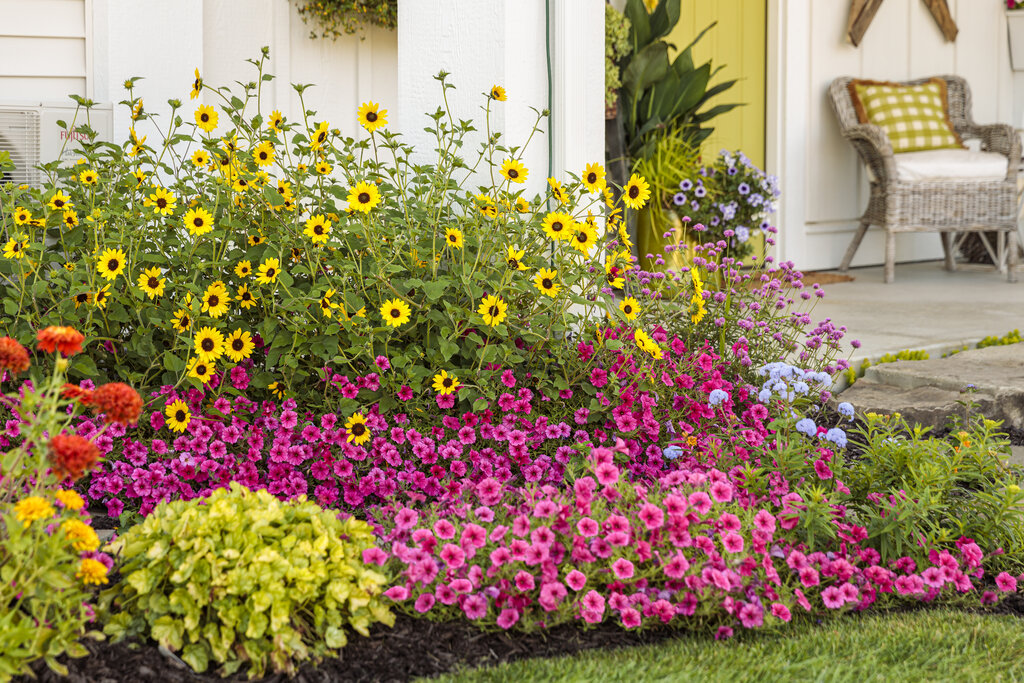From flowers to vegetables and herbs, gardens are beautiful spaces where you can enjoy the outdoors and reconnect with your surroundings. Being aware of your surroundings and environment can help reduce stress, create a mindfulness space, and help us slow down to calm our minds.
Sensory gardens are designed to help us engage each of our 5 main senses: sight, touch, smell, sound, and taste. Anyone can start their own sensory garden, whether it’s in your yard, on a patio/balcony, or a community garden area. All you need is space for plants to grow, sunlight, and water. Here are some ways you can start your own sensory garden at home or in your community.
Sight
One of the easiest and creative senses to engage is sight. You can get creative with using a colorful variety of flowers. You can design a pattern of colors in your garden, or simply plant flowers where you desire. Contrast between natural greens and flower petal colors make for a great visual experience. Some bright colored flowers that are fun to look at are sunflowers, zinnias, cosmos, and snapdragons. Adding native wildflowers to your garden gives an added bonus by attracting pollinators, like hummingbirds, honey bees, and butterflies.
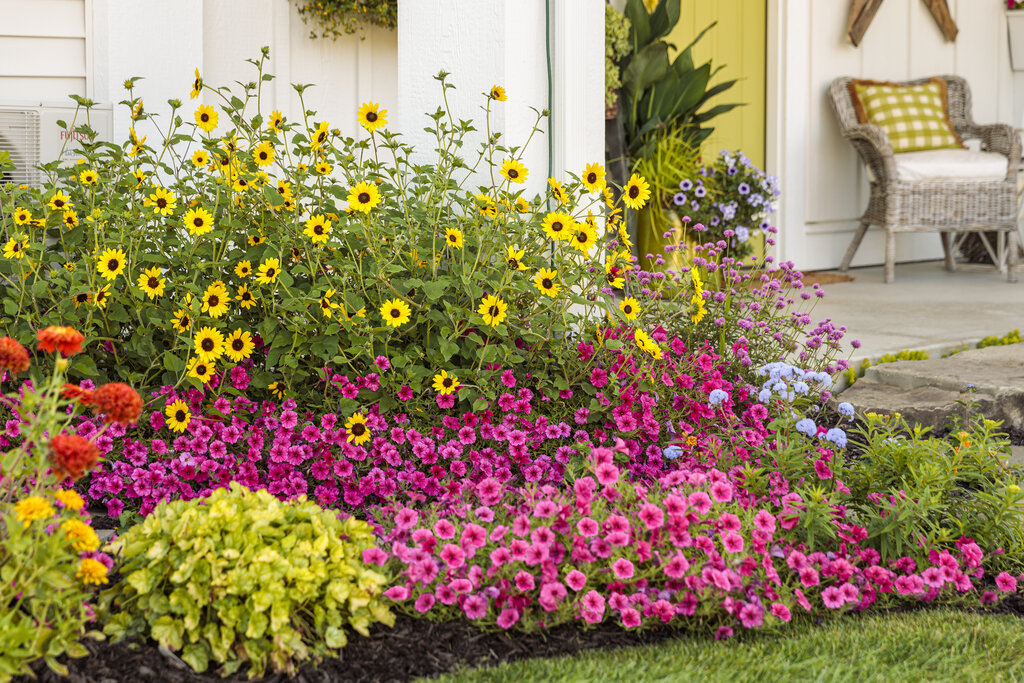

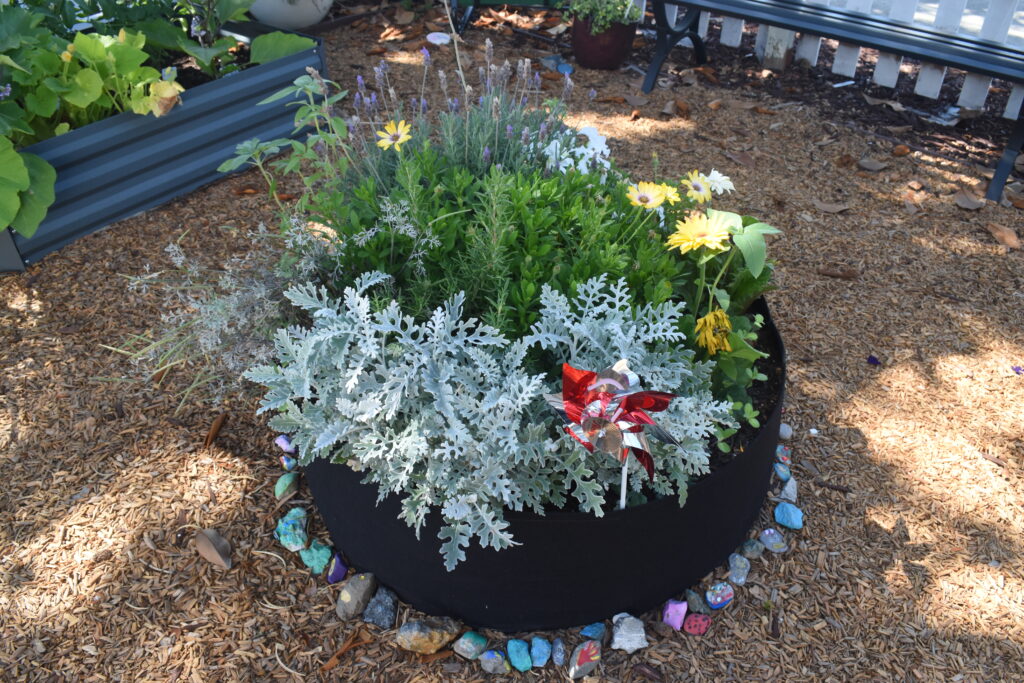
Touch
Don’t be afraid to touch leaves and stems of the plants in your garden! Silver dust and lamb’s ear are two plants that have velvet-like leaves that are soft to touch. Run you hands through tall grass, or through a patch of flower petals. Experiment with different types of textures, like soft, rough, smooth, and bumpy. Sensory paths with different types of walk ways is another way to incorporate touch stimulation.

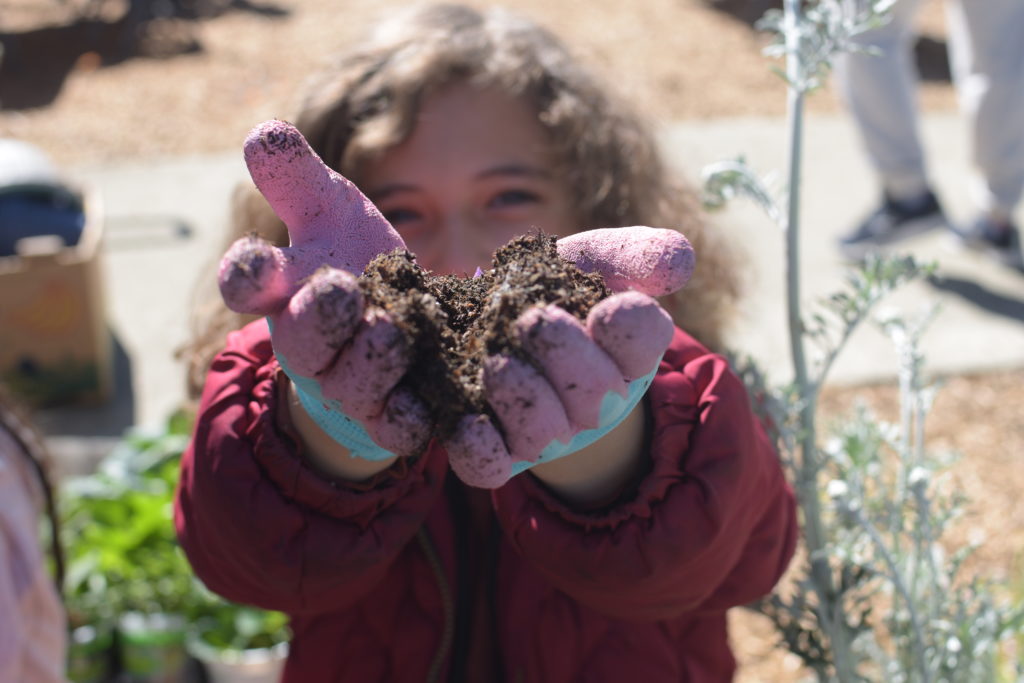
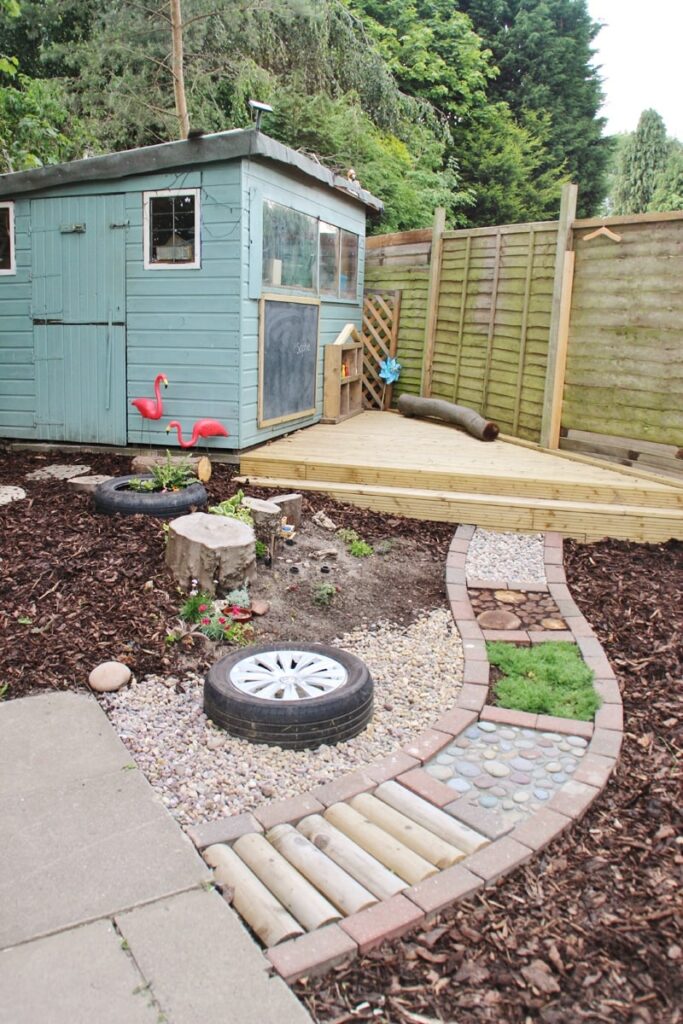
Smell
Not every scent has to come from flowers. Herbs and fruit also give off scents that can be pleasant to smell in your garden. Rosemary, mint, and basil are some examples of potent herbs that can both be enjoyed in scent and taste!

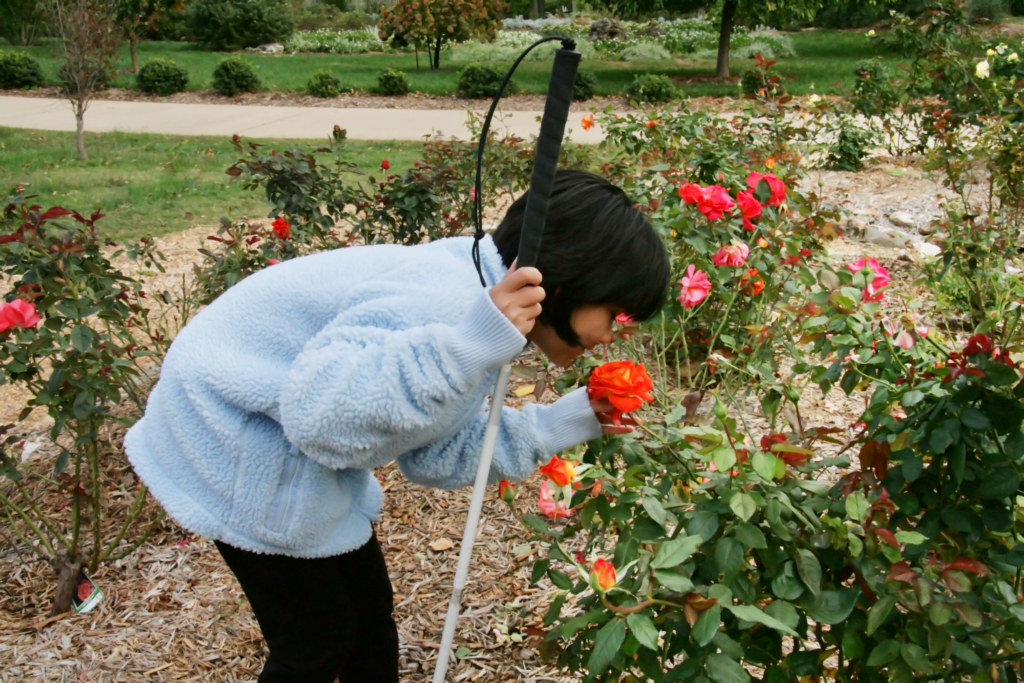
Sound
Depending on your space, sounds in a sensory garden can be natural or created. Natural sounds can come from tall grasses brushing up against themselves, or running your hand through their stems. Other natural sounds like chirping birds, or cars passing by an urban garden could be sounds from the environment you’re around. Wind chimes and water fountains create sounds with intention to engage your ears in the sensory garden.
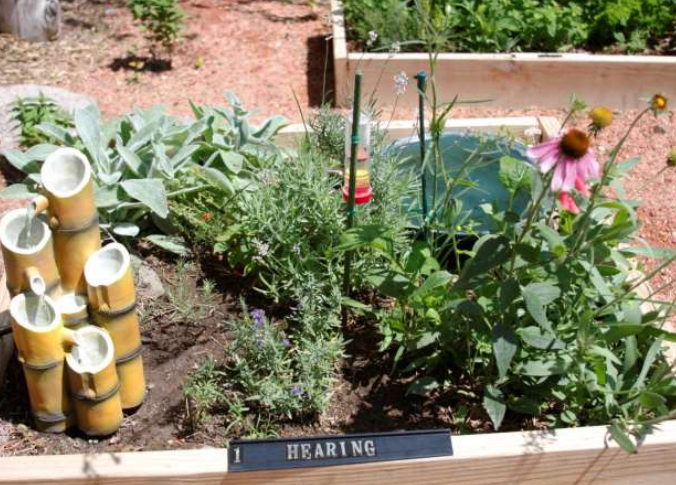
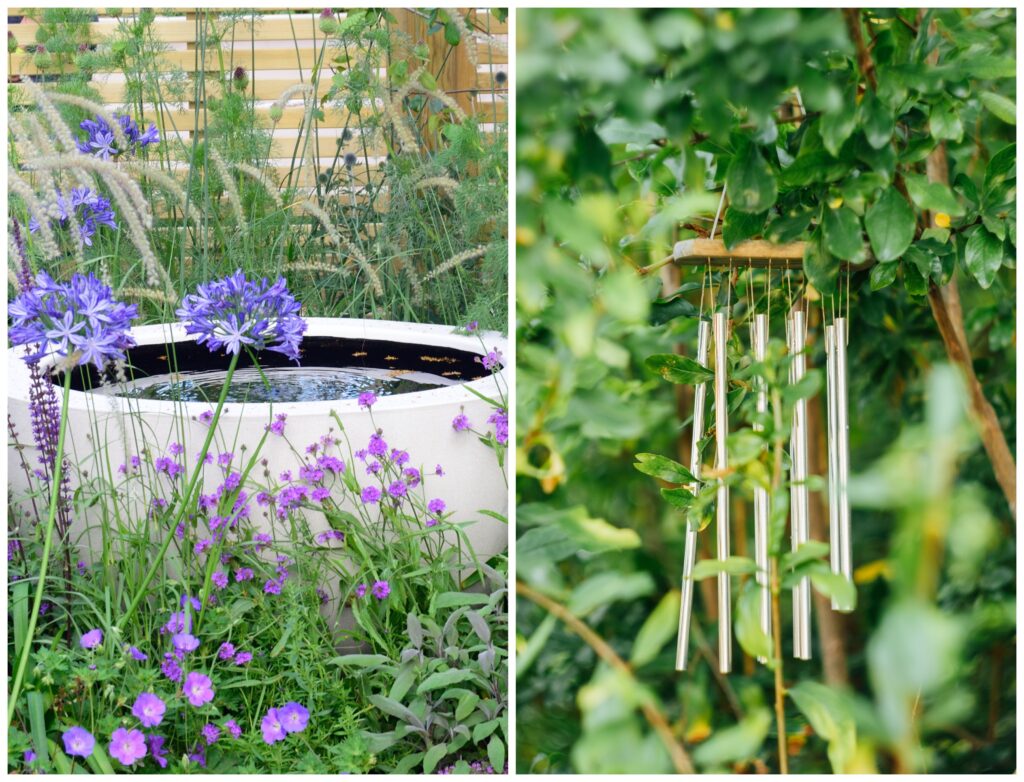
Taste
Growing fruits, vegetables, and herbs provide a variety of tastes! Like Remi in Ratatouille, try experimenting with combinations of flavors, like rosemary and strawberries, or blueberries and mint. If you bring a bowl of water with you to the garden, you can taste your pickings right there!
